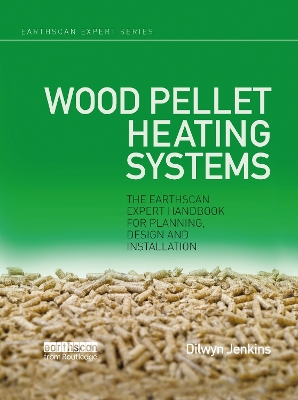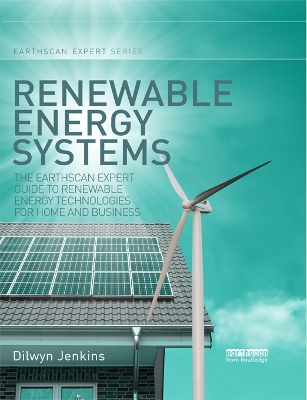Earthscan Expert
2 total works
Wood Pellet Heating Systems is a comprehensive handbook covering all aspects of wood pellet heating technology. The use of wood pellets as an alternative heating fuel is already well established in several countries and is becoming widespread as fossil fuel prices continue to rise and awareness of climate change grows. Wood pellets are a carbon-neutral technology, convenient to use, and can easily be integrated into existing central heating systems or used in independent space heaters. This fully-illustrated and easy-to-follow guide shows how wood-pellet heating works, the different types of systems - from small living room stove systems to larger central heating systems for institutions - how they are installed, and even how wood pellets are manufactured. Featuring examples from around the world, it has been written for heating engineers and plumbers who are interested in installing systems, home owners and building managers who are considering purchasing a system, advanced DIYers, building engineers and architects, but will be of interest to anyone who requires a clear guide to wood pellet technology.
This book is the long awaited guide for anyone interested in renewables at home or work. It sweeps away scores of common misconceptions while clearly illustrating the best in renewable and energy efficiency technologies. A fully illustrated guide to renewable energy for the home and small business, the book provides an expert overview of precisely which sustainable energy technologies are appropriate for wide-spread domestic and small business application. The sections on different renewable energy options provide detailed descriptions of each technology along with case studies, installation diagrams and colour photographs, showing precisely what is possible for the average household. The chapter on how to select the renewable technology most appropriate for ordinary homes and businesses summarizes this analysis in a neat and easy to use table and demonstrates with examples exactly how to assess your local renewable resources.
Renewable technologies covered include wood energy, wind power, solar photovoltaics, solar thermal, passive solar, geothermal and air-to-air heat pumps as well as water or hydro based energy systems – plus the all-important subject of energy efficiency. Whilst written to be accessible to a wide audience, the book is targeted at readers who are keen to work with renewable technologies, students, building engineers, architects, planners, householders and home-owners.

